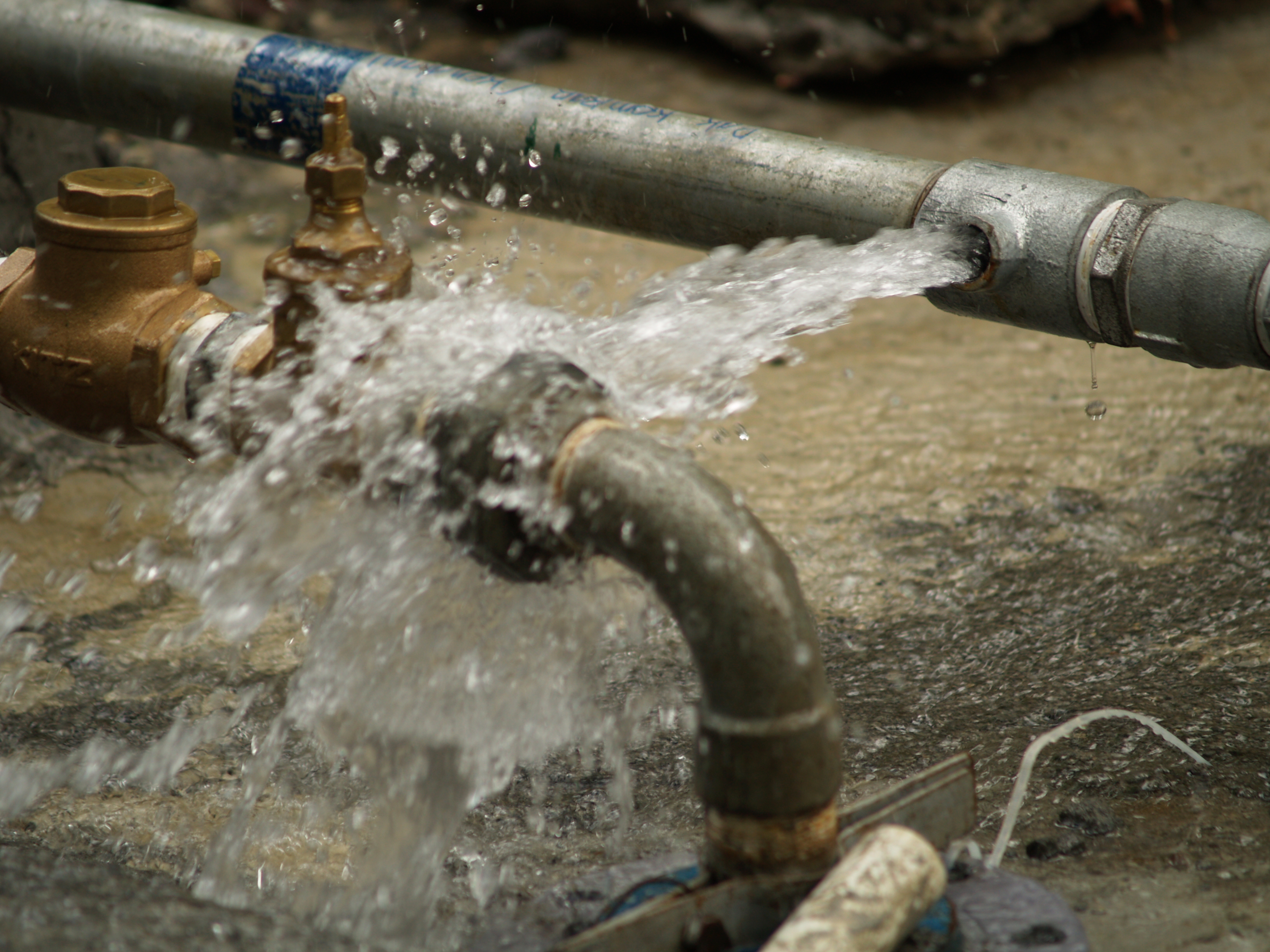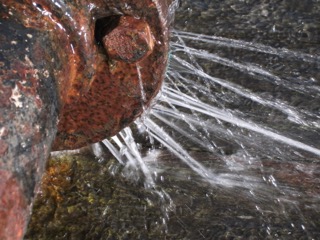From Detection to Correction: A Fast Approach to Handling Burst Pipes
From Detection to Correction: A Fast Approach to Handling Burst Pipes
Blog Article
Everyone will have their private piece of advice on the subject of How to Install and Connect a New Dishwasher.

A burst pipe is a significant emergency; you can just stand as you view water you pay dearly to rejoin with the planet. In worse instances, you discover a swimming pool on your kitchen flooring, which is a great trip threat, especially if you have kids around. If the pipeline that burst was in your wall surfaces, trouble: you may need to paint that whole section.
How can a catastrophe like a ruptured pipe be avoided as well as taken care of? Well, by paying attention to your professional emergency plumbing technicians as well as adhering to these rules.
How do I understand when my pipelines have ruptured?
Rising and fall water pressures
Pipes do not just burst in a day. You may have observed that your cooking area faucet or shower does not run quickly when you transform the faucet. It may pause for a few seconds and after that blast you with even more pressure than common.
In various other circumstances, the water might appear typical initially, then drop in pressure after a few seconds.
Contaminated water
Many people think a ruptured pipeline is a one-way outlet. Quite the contrary. As water flows out of the hole or gouge in your plumbing system, pollutants discover their way in.
Your water may be polluted from the source, so if you can, inspect if your water storage tank has any type of issues. Nevertheless, if your drinking water is supplied and cleansed by the local government, you need to call your plumber immediately if you see or smell anything amusing in your water.
Puddles under pipelines and also sinks
When a pipe bursts, the outflow develops a pool. It might show up that the pool is growing in size, as well as despite how many times you mop the pool, in a couple of minutes, there's one more one waiting to be cleansed. Often, you may not be able to trace the pool to any visible pipelines. This is a sign to call an expert plumber.
Damp walls as well as water discolorations
Before a pipe ruptureds, it will certainly leakage, many times. If this relentless leaking goes undetected, the leak might finish into a vast gouge in your pipeline. One easy method to prevent this emergency is to look out for damp wall surfaces ad water discolorations. These water stains will lead you right to the leakage.
Untraceable dripping noises
Pipeline bursts can occur in one of the most undesirable areas, like within concrete, inside walls, or under sinks. When your home goes quiet, you may have the ability to hear an aggravatingly persistent leaking noise. Even after you have actually checked your shower head and also kitchen tap, the trickling may proceed.
Dear visitor, the trickling may be originating from a pipeline inside your walls. There isn't much you can do regarding that, other than tell a specialist plumber.
Turn up the Warm
Establish fans to blow warm right into cool rooms. Maintain the garage door shut. If you have minimized water circulation, heat one of the most at risk pipes (usually in basements as well as crawl spaces or near outside wall surfaces) with a hair dryer. Leave the faucet on while you use warmth. As you melt ice, the flow will certainly increase. To prevent pipes from cold, shield your walls.
Start Eliminating the Water
Get hold of the wipe, pails and a shop vacuum to begin to remove the water since you absolutely don't want it soaking right into every little thing else in your house. Plus, a quick clean up will minimize the opportunities of something obtaining moldy.
What do I do when I find a burst pipe?
Your water meter will certainly remain to run also while your water wastes. To decrease your losses, find the main controls and turn the supply off. The water mains are an above-ground structure beside your residential property.
How to Fix & Detect a Leaking Pipe
How Do I Know if a Pipe is Leaking?
Leak detection tests can help you determine if your pipe has a leak. Even if you don’t see an apparent leak, you should still conduct leak detection tests regularly to save water and money—and prevent major damage to your home.
Water meter. It can be helpful to figure out what your usual water meter usage numbers are and then monitor them regularly. To monitor your meter, first, turn off all water faucets in your home. Check the meter and write down the numbers. In a few hours, check the meter again. If the numbers have changed, you have a leak. Water gauge. Use a water gauge to test your water pressure. Your showerhead should produce a certain amount of water pressure based on its model and design. If the pressure is lower than it is supposed to be for that specific showerhead, your home likely has a leak. Puddles. Look inside your bathroom, laundry, and kitchen sink cabinets. Puddles around the cabinets or around toilets, tubs, showers, and washing machines indicate the presence of a leaking pipe. You may also notice loose tiles, peeling or flaking paint, or mold caused by water accumulation. Napkin test. Even if you don’t see any puddles, you may still have a leak. You can test for water leaks in the bathroom, laundry, and kitchen by wiping below-sink connections with a napkin, paper towel, or piece of toilet paper. If it becomes damp, you probably have a leaking pipe under the sink. Discolored walls. Walls that are discolored—usually with brown or yellow stains—or bulging might mean that they have been impacted by water damage caused by a leaking pipe. Smell. A leaky pipe will create sitting water, and over time, that water may develop a musty smell. If your home smells musty, but you can’t locate the source, it may be due to a leak. Steps for Fixing a Leaking Pipe
A leaky drain can be remedied by tightening the pipe base, replacing the drain seal, caulking the rim, and tightening the pipe nut. Similarly, a leaking toilet pipe can be treated by tightening the packing nut. You may also need to replace the valve. A leaky faucet may just need tightening or replacement of the washers. If that doesn’t work, consider replacing your faucet. If your pipe has a hole in it, you may want to use a pipe leak sealer or pipe leak tape. This quick fix for water pipe leaks can also temporarily fix a copper pipe leak. https://www.ahs.com/home-matters/quick-tips/how-to-tell-if-pipes-are-leaking/

Do you like reading about How to Install and Connect a New Dishwasher? Leave a remark directly below. We'd be glad to hear your suggestions about this blog posting. Hoping to see you back again before long. Enjoyed our blog posting? Please share it. Let others discover it. Thanks so much for going through it.
Go Services
Report this page